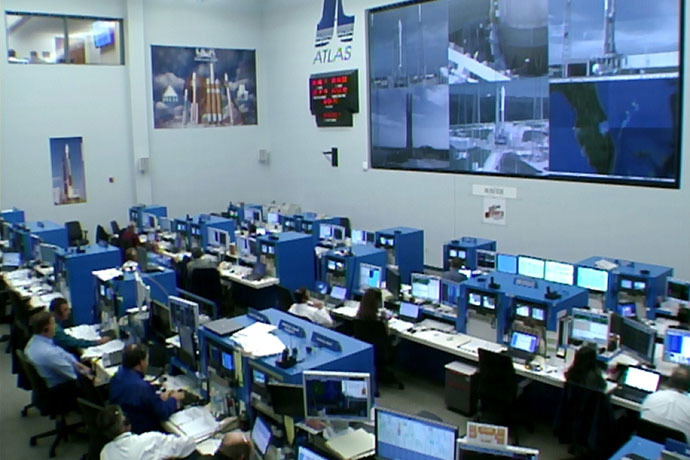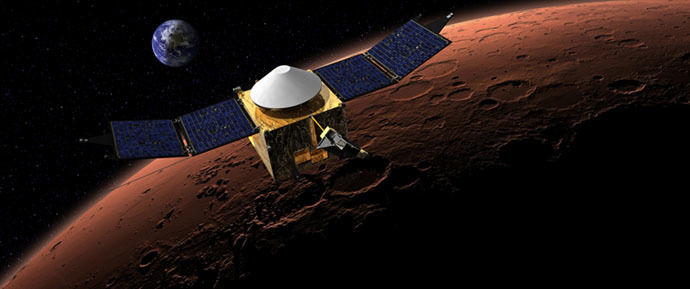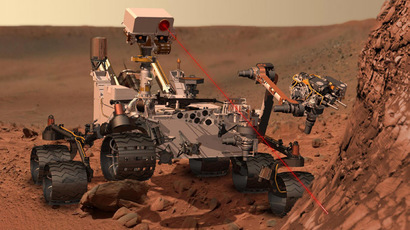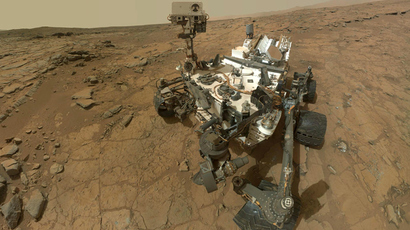NASA launches Maven to reveal Mars’ biggest secret (VIDEO)
NASA successfully launched its Maven orbiter into space from Cape Canaveral, Florida on Monday as part of the agency’s latest operation aimed at exploring the vast mysteries of Earth’s neighbor, Mars.
The Mars Atmosphere and Volatile EvolutioN — or “Maven” — was launched as expected Monday afternoon after being propelled into space atop the United Launch Alliance Atlas 5 rocket. Now it begins its 10-month journey towards the Red Planet, where it is expected to begin orbiting sometime next September.
First, of course, Maven will have to make it millions of miles away and enter the atmosphere of Mars, which may in fact never even happen: of the ten orbiters sent previously by NASA, only seven have been successful.
Assuming it enters Mar’s atmosphere, however, Maven is scheduled to spend around an entire Earth year orbiting the planet and accumulating information about its little-known atmosphere, perhaps providing scientists with information that could be used to see what kind of life, if any, could have one time existed there.

"We want to better understand how the atmosphere is escaping from Mars," NASA research scientist Paul Mahaffy told ABC News. "Then, we can extrapolate back in time and ask, 'Was Mars' climate substantially different than it is today?'"
Astronomer and writer Phil Plait wrote for Slate this week that
lots of evidence exists that Mars had liquid water on its surface
at some point as far back as millions, or perhaps billions, of
years ago. Modern research has revealed that that water has since
dried up, however, lending Plait to ask the question, “Where
did it go?”
“Maven will use its suite of eight instruments to examine the
upper atmosphere of Mars and investigate the interaction between
the gas there and the Sun,” he wrote. “Scientists will
examine these data to look for clues on the missing Martian
atmosphere… and for that matter, try to figure out where all the
water went as well.”
Bruce Jakosky, a planetary scientist and Maven's principal
investigator, told NBC that NASA hopes Maven will be able to
collect information about Mars’ current atmosphere that will
ideally give researchers enough intel to try and find out how the
atmosphere there has been altered over upwards of four billion
years.

And unlike other NASA tools deployed to Mars, such as the Curiosity rover, Maven will stay in orbit its entire time, never touching down on the planet and instead using its vast sensors to collect and transmit information — at a cost of around $671 million.
Had the launch been delayed on Monday, such as due to weather,
NASA would have had only another few weeks to reschedule the
mission. After mid-December, the orbital dynamics regarding both
Earth and Mars would have made a fuel-efficient trip between the
planets much more difficult.














